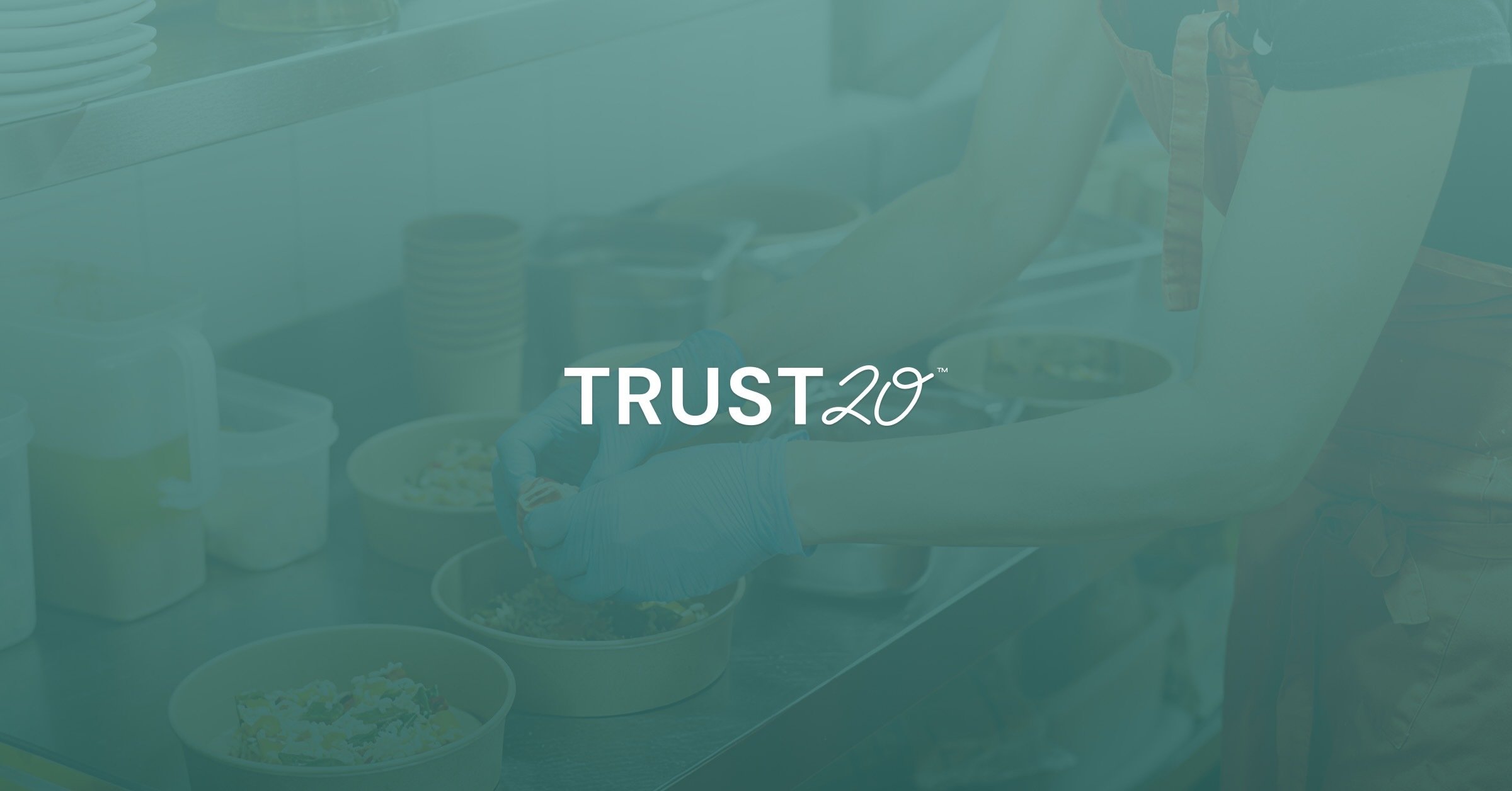Safe food handling practices are essential to the success of a business within the foodservice industry. The behind-the-scenes steps involved in handling food safely are often unseen and taken for granted by the customer–until something goes wrong.
When the average person thinks about food poisoning, they may assume it is not a common occurrence and imagine mild symptoms that quickly pass. However, according to the Food and Drug Administration (FDA), foodborne illnesses affect one in six Americans each year and result in approximately 128,000 hospitalizations and 3,000 deaths.1 Operators and managers bear the responsibility of protecting their customers by ensuring their teams know all the best practices for safe food handling.
To help relieve that burden and free up operators' schedules, here are four reasons why operators and managers should require their entire team to earn their Food Handler Certificates (and regularly renew them every three years!):
Work more effectively with consistency
Make marketing easy with responsible business practices
Onboard new staff faster
Once hiring managers have cleared the hurdle of finding candidates, making an offer, and welcoming a new person to the team, onboarding that person consumes significant time and resources.
If this role is the team member’s first in the foodservice industry, there is a real possibility they do not know the first thing about food safety in a commercial setting.
In other cases, an industry veteran may not be up to date with the most current guidelines. Requiring a Food Handler Certificate Training for all new employees will provide team members with some baseline information and make time for managers and shift leaders to address other onboarding and training topics.
Work more effectively with consistency
Training at foodservice establishments comes in all forms, some more effective than others, and ultimately those variations put a business at risk. Onboarding and training move quickly (just like the rest of the foodservice industry), and new team members may miss key information in the process.
If multiple people are responsible for training new team members, some information may be presented in different ways to different members of the team. Including an ANAB-accredited Food Handler Certificate Training in the onboarding process creates a base of common knowledge for the team at a foodservice establishment.
Consistent understanding across a team allows them to seamlessly adhere to the same guidelines and effectively protect everyone who touches their food.
Make marketing easy with responsible business practices
It sounds simple: customers want to know a business cares about them. “How do you make what you’re selling about something your audience relates to?” is one of the primary objectives in Marketing 101.
Communication is already key to building trust and loyalty in a foodservice environment. From prominently displayed Health Department ratings to signs in the bathroom reminding employees (and guests) to wash their hands to visible cleaning stations throughout the space, businesses already call attention to the things they are doing to protect their customers.
If a foodservice establishment requires their entire team to take a food handler online training (particularly in a state or county that doesn’t have specific regulatory mandates), that business can easily promote they are going above and beyond to provide customers with a safe foodservice experience.
Retain better staff
High turnover in the foodservice industry has long been considered the norm, but what if that could change? People leave foodservice jobs, or the industry, for a myriad of reasons, but an overarching thread ties back to customers and even managers overlooking the skill it requires to be a good fit for foodservice work. Not only do some foodservice establishments require their staff have a Food Handler Certificate, but they also pay for each member of the team to take the same online food handler training. It is important for operators and managers to invest in their teams so they feel valued and want to stay with the business. You become a business for staff and customers to respect by investing in your team like the experts they are.
All throughout the country there are significant differences in the legal requirements for Food Handler Card or Certificate training. Despite these variations, the entire foodservice industry directly benefits from entire teams receiving their Food Handler Certificates.
Sources:






.png)

.png)
